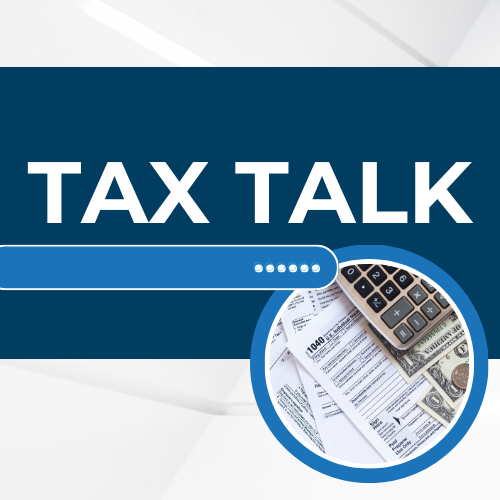Partnership vs S Corp: What's the Difference?
Partnership or S Corp: Which is right for my business?

Choosing the right business structure is a crucial decision for any entrepreneur, with significant implications for taxation, liability, and operational flexibility. Partnerships and S Corporations are popular choices, each offering unique benefits and challenges. Understanding the differences between these two structures as taxable entities can help you make informed decisions for your business.
Structure and Formation
A partnership is a flexible business structure where two or more individuals agree to share profits and losses. Partnerships can be general or limited, with the primary difference being the level of liability and involvement of each partner. General partners have unlimited liability and active management roles, while limited partners have limited liability and passive roles in the business.
An S Corporation, on the other hand, is a corporation that has elected to be taxed under Subchapter S of the Internal Revenue Code. This structure allows for the benefits of a corporation, such as limited liability for shareholders, while avoiding the double taxation typically associated with C Corporations. To qualify as an S Corporation, the business must meet specific criteria, including having no more than 100 shareholders who are U.S. citizens or residents.
Taxation
The primary difference between partnerships and S Corporations lies in their tax treatment. Partnerships are pass-through entities, meaning the business itself is not taxed. Instead, profits and losses are passed through to the partners, who report them on their individual tax returns. This allows for tax efficiency, as income is only taxed once at the individual level.
S Corporations also benefit from pass-through taxation, avoiding the double taxation faced by C Corporations. However, S Corporations must adhere to strict rules regarding salary and distributions. Shareholders who work for the company must be paid a "reasonable" salary, which is subject to payroll taxes, while remaining profits can be distributed as dividends, potentially reducing overall tax liability.
Ownership and Flexibility
Partnerships offer significant flexibility in terms of ownership and management. Partners can agree on various arrangements for profit sharing, decision-making, and responsibility, which can be customized to fit the business's needs. This flexibility makes partnerships an attractive option for businesses with multiple active participants.
S Corporations, however, have more rigid ownership requirements. They are limited to 100 shareholders, and only one class of stock is allowed. These restrictions can limit flexibility but also provide clarity and simplicity in management and decision-making processes.
Liability and Risk
Both partnerships and S Corporations offer liability protection, but to varying degrees. In a general partnership, all partners are personally liable for the business’s debts and obligations. Limited partnerships provide liability protection to limited partners, but not to general partners. S Corporations, like C Corporations, offer limited liability to all shareholders, protecting personal assets from business liabilities.
The choice between a partnership and an S Corporation depends on various factors, including the number of owners, desired tax treatment, and liability preferences. Partnerships offer flexibility and straightforward taxation but may expose partners to more risk. S Corporations provide limited liability and tax advantages but require adherence to specific regulations and limitations. Understanding these differences can help you select the structure that best aligns with your business goals and needs. Consulting with a tax advisor can ensure you make the most informed decision.
Quick Links
Contact Information
Business Hours
- Mon - Fri
- -
- Sat - Sun
- Closed















